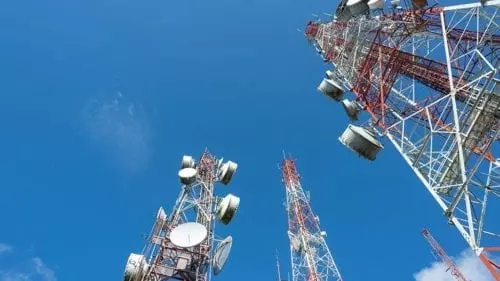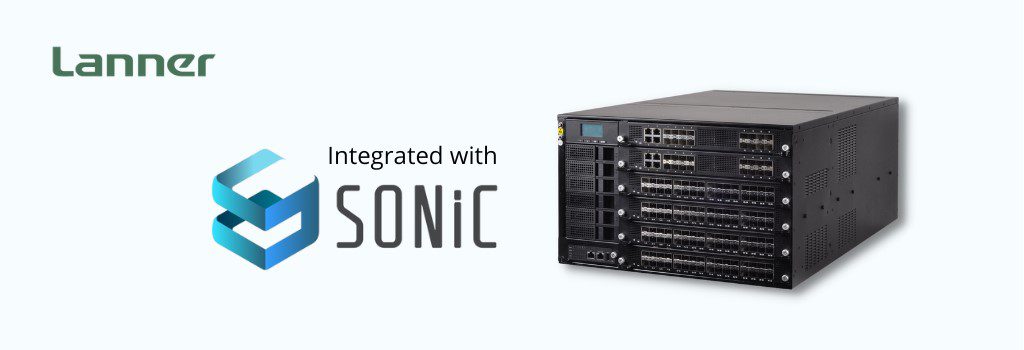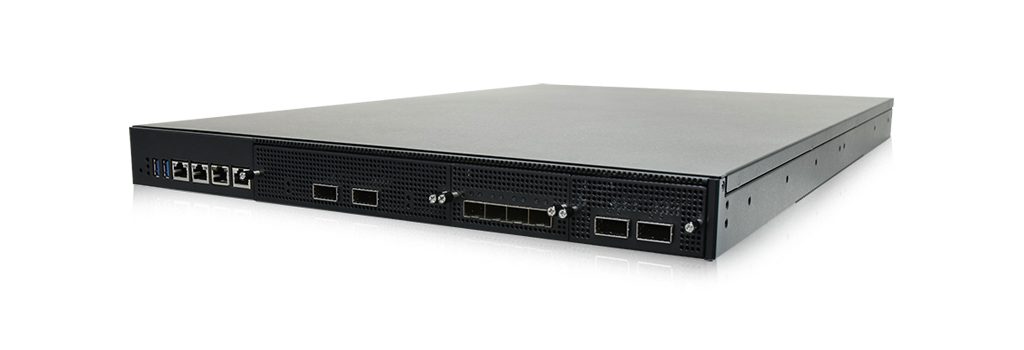While we are still only less than a quarter of the way through the 21st century, there have already been several monumental events, be they natural disasters, industrial accidents, or acts of terrorism, that have highlighted the need for first responders to be as adequately equipped as is possible when attending events such as those mentioned. One of the initiatives put into place by the US Government after the 9/11 terrorist attacks was the creation of the First Responder Network Authority (FirstNet).
What is FirstNet?
The discussion of having such a network independent of commercial telecommunication infrastructure first arose during 2006. The main driving factor of building a non-commercial public safety broadband network is to provide uninterrupted communication network to nation’s First Responders in wake of an attack or catastrophe that paralyzes the commercial networks or saturates them. For example, during the 9/11 terrorist attacks, mobile communications networks were overloaded by both the public and the authorities who were trying to organize search and rescue efforts or find out the status of friends of family caught up in the attack. This meant that communications between fire and rescue squads, the police, and accident and emergency services were disrupted, making recovery missions even more challenging.
How Does FirstNet Work?
So, how does FirstNet work? In order to provide this non-commercial, interoperable platform for the public safety agencies, FirstNet requires building out of LTE Band 14 network infrastructure in each state with the permission of the state government. We will review the two main components of this Dedicated LTE network further below, let’s start first with LTE’s role in the First Responder Network:
LTE Band 14
As of its creation, the First Responder Network Authority is required to run on the minimum commercial standards of the 4G LTE standard.
FirstNet requires the deployment and management of network infrastructure that is using a dedicated LTE spectrum for First Responders communication. A non-commercial LTE Band Class 14 therefore has been chosen to be the standard on which to establish this exclusive public safety communication network. Being in its fourth generation (soon to be fifth generation) LTE is a tried and tested technology. With 5G wireless communications lingering on the horizon, It is hoped that, with each iteration of LTE will come improvements in both speed and functionality.
FirstNet LTE network layers comprise of Core Network, Transport Backhaul, Radio Access Network (RAN) and Public Safety Devices. The deployment architecture of Band 14 network layers may vary from state to state depending upon which option they choose for deploying Public Safety Broadband Network in their state. We will discuss that further down. First, lets quickly review the two main components of the FirstNet LTE:
Core Network
FirstNet’s core platform is an essential aspect of the standard as it enables a single interoperable network platform. In this sense, the core has multiple primary functions that include processing and formatting data, switches, stores, and maintains data as well as keeping it secure from malicious hackers. The core network is also responsible for communicating and interfacing with other global, local, and federal networks such as the 911 service and the public internet. Radio Access Networks (RAN) connect the core network to states via the transport backhaul that carries user data and signaling to the core network. Core network designs are most likely to be implemented in line with the latest Network Functions Virtualization (NFV) architecture standards to minimize the CapEx/OpEx costs, hardware footprint and to incorporate flexibility in utilizing network functions and resources.
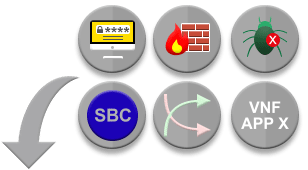
Radio Access Network (RAN)
Radio Access Networks are another absolutely essential feature of the First Responder Network Authority. These networks are made up of radio cell towers, mobile communications hotspots, and other wireless communications infrastructures. However, one of the pitfalls of such dependence on radio access networks is that the very circumstances that require first responders to use a system like FirstNet will often play havoc with radio access networks at the same time. In order to keep the public safe, FirstNet will need a huge number of radio tower base stations, a number that runs into the tens of thousands.
Each state is allowed to opt-in whether they want to build the RAN sites themselves or would want FirstNet to build them. In either case, all FirstNet RAN sites will eventually be managed by FirstNet and be backhauled to the same FirstNet Core Network.
Role of NFV in the Building NPSBN
NFV is a revolutionizing the way telecommunication networks are built and operated given its numerous financial and operational benefits. FirstNet being the massive program that it is, will be a major beneficiary of implementing latest network virtualization innovations in form of NFV MANO and VNF’s to achieve much needed scalability and flexibility to make it financially sustainable as well as ready to quickly evolve in future. Running network functions such as Quality of Service, Priority and Preemption, SBC, Routing, Firewall and other network functions on commodity x86 servers in a Virtualized Core Network could be a great way to incorporate operational efficiency into FirstNet’s Nationwide Public Safety Broadband Network (NPSBN).
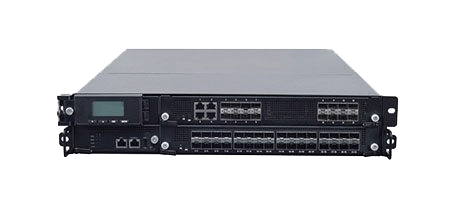
Lanner’s NEBS compliant x86 Telecom Server – HTCA 6200
Going Global
We are living in a world where the way people used to communicate has changed. Communication has moved out from text or voice based to other media, such as video, images as well as sensor generated signals. Schemes such as the First Responder Network Authority are need of the time to provide people an upgraded system that enables them to use their existing portable technologies to good use and perhaps save some lives. Challenges in implementation of FirstNet are still to be seen, however, with the previously mentioned advances such as NFV and the forthcoming 5G wireless communications networks it may soon be the case that these types of authorities begin to pop up all over the world.
While FirstNet remains an authority figure of the United States, how long will it be before other countries or blocks begin to implement similar systems for their emergency services first responders? As the Internet of Things continues to gather momentum and change the way we live and communicate, it is hoped that these advanced technologies will work to our advantage and enable us to live longer, healthier, and safer lives. the First Responder Network Authority is a great example of how these technologies can be taken advantage of and used for the greater good of a community or country.



